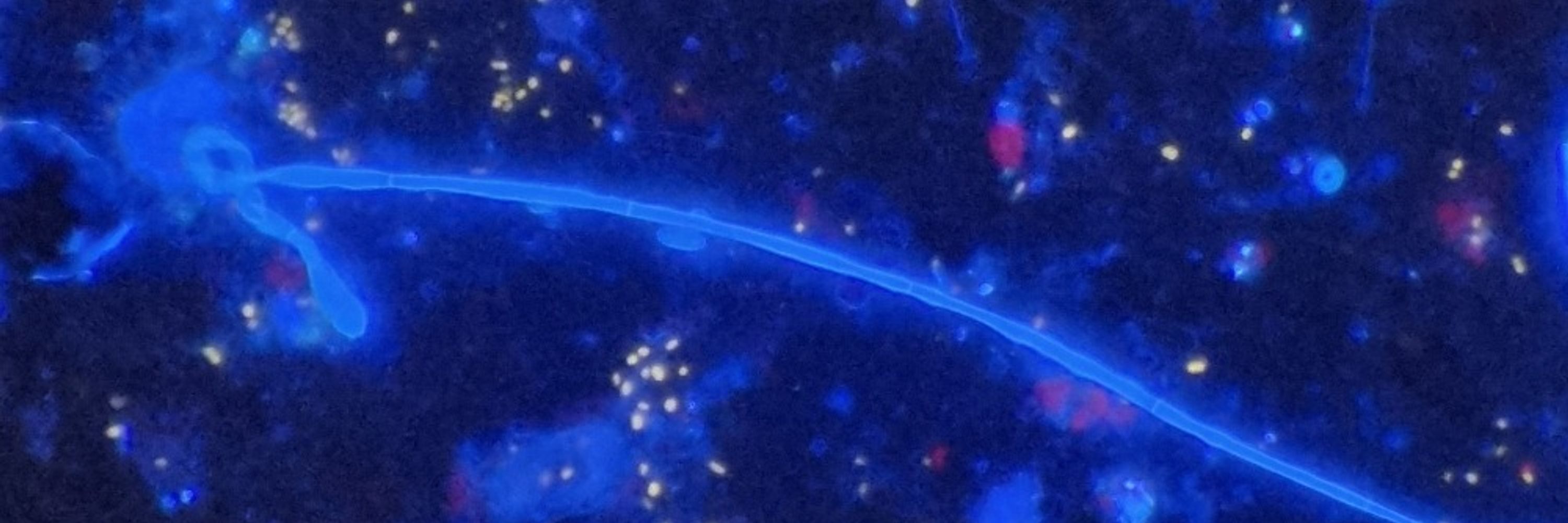
https://bios.asu.edu/about/team-members/leocadio-blanco-bercial
Feel free to reach me also to my email (easy to find me online).
Feel free to reach me also to my email (easy to find me online).
And sorry for missing the Schulz citation!
And sorry for missing the Schulz citation!
doi.org/10.1038/s415...

doi.org/10.1038/s415...


